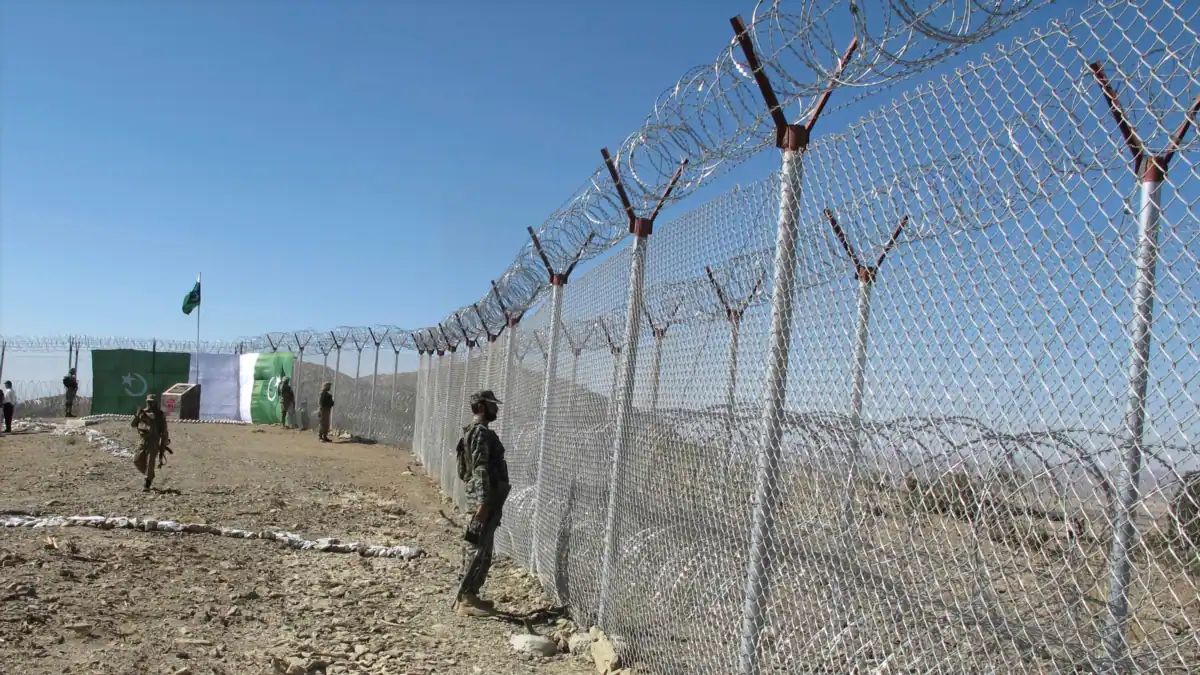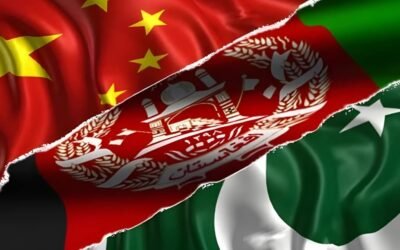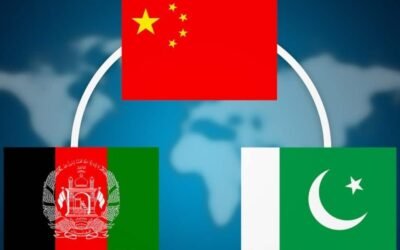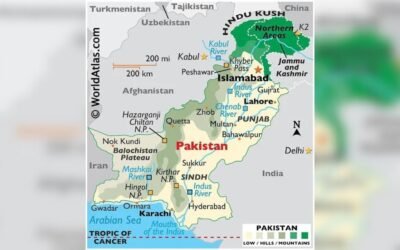Pakistan shares a 2,670 km border with Afghanistan, which has been defined by the Durand Line since 1893. This border is porous, allowing Pashtun tribes to cross easily for farming, worship, and trade. They only need a national identity card or an Afghan Tazkira. Since 2017, Islamabad has worked to strengthen this border. By mid-2021, about 90 percent of the Durand Line was covered by a double-layer chain-link fence topped with concertina wire, backed by watchtowers, cameras, and floodlights. The Pakistan Army and Frontier Corps built this infrastructure.
Now, nearly all crossings occur at official posts, a significant change from before. Along with the fence, Pakistan introduced advanced identification systems. In late 2022, NADRA launched its Integrated Border Management System (IBMS) at key border points, including Chaman and Torkham, which connects passport or ID scans with biometric checks using fingerprint and facial recognition against national databases. Fourteen IBMS terminals handle tens of thousands of people daily, streamlining legal trade and helping prevent militants and smugglers. Tribal residents were stopped from crossing with Pakistani CNICs or Afghan Tazkiras from October 23, 2023.
Read this too: The Untold Origins of the Durand Line
Protest and Resistance in Chaman
The new policy requiring passports and visas has sparked protests, especially in Chaman, where about 70 percent of residents depend on informal trade. Protests started in October 2023, quickly expanding as traders, laborers, political parties, and tribal groups blocked the highway connecting Quetta and Kandahar. According to Business Recorder, the new visa policy has disrupted daily life and trade, and locals argue that passport rules have harmed their economy and fractured cultural ties among Pashtun communities on both sides of the border.
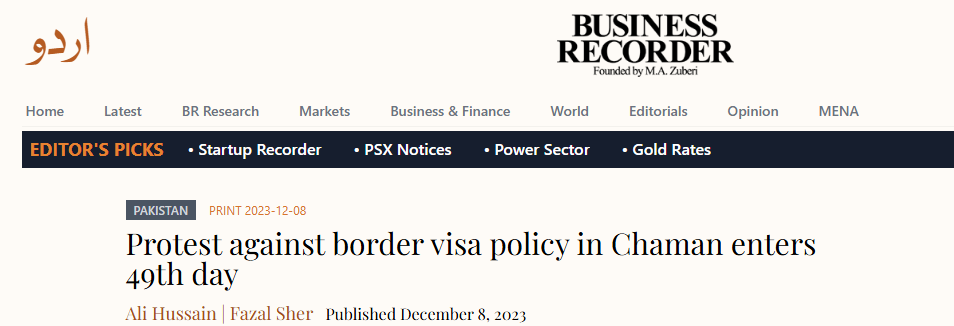
Source: Business Recorder
Security forces used tear gas and force, causing injuries to the protesters. According to the protest leader, at least three protesters were killed in the clashes. Despite promises from the government, trust remained low, with some protesters calling the barrier a divide of the Pashtun tribe and questioning the need for passports among family members across the Durand Line. The standoff ended in July 2025 when officials agreed to ease passport rules for small traders and daily laborers from Chaman and nearby areas. The Baluchistan government also pledged to cover the costs of passports for low-income residents.

Source: Arab News
Security Gains Vs Social Costs
From a military perspective, the fence and biometric checks have reduced unmonitored crossings. Officials claim that operations in tribal areas from 2014 to 2017 decreased militant incidents from about 4,000 annually to just a few hundred, partly because infiltration routes were sealed. Army briefings say the barrier was built to prevent cross-border militant attacks.
However, Pashtun leaders and independent analysts warn that physical barriers alone won’t solve deeper issues. They argue that formal identity checks disrupt everyday life for groups used to free movement and weaken traditional social structures. The economic losses faced by traders and laborers, coupled with growing resentment, could undermine stability.
Diplomatic Implications
Diplomatically, Pakistan’s actions have strained relations with the Taliban in Kabul, which refuses to recognize the Durand Line as a border. Taliban officials insist any border fortifications must be mutually agreed upon. They aim to do this through diplomatic discussions. This follows Pakistan’s recognition of issues and incidents tied to wrongdoers. Pakistan sees the border as settled. However, Taliban officials disagree. They say the fencing is divisive and illegal. This is because the status of the Durand Line remains unclear. Pakistan is moving forward with its fencing project. This aims to stop cross-border terrorism and smuggling, even with Taliban resistance. If Afghanistan does not coordinate properly, militants could regroup across the border, limiting Pakistan’s control.
Beyond Steel and Scanners
Security experts and think tanks believe Pakistan’s National Action Plan remains incomplete. It includes reforms such as registering madrassas, improving education in tribal areas, and countering extremist ideas. Public protests highlight ongoing issues, like economic marginalization, tribal disenfranchisement, and cross-border militancy. Clashes along the border underline these unresolved problems. Investment in infrastructure and inclusive political dialogue is crucial alongside physical barriers.
Key takeaways
Security measures, such as fences and biometric checkpoints, effectively prevent illegal crossings, but they also threaten livelihoods and cultural ties. Effective border management must strike a balance between enforcement and respect for community norms and economic realities. Security relies on coordination, intelligence sharing, and enforcement. Gaps on the Afghan side could allow insurgents to exploit vulnerabilities. The strength of a border depends on the trust behind it; neglecting development and socio-political issues in tribal areas risks protests and unrest, even with fences in place.
Conclusion
Pakistan’s updated border strategy, which includes steel fencing and NADRA’s biometric IBMS, represents a significant upgrade from previous weak enforcement. It has strengthened formal crossings, reduced smuggling, and increased state control. Yet, its success depends on broader political, economic, and diplomatic efforts. To transform infrastructure into genuine resilience, Pakistan must foster trust, strengthen ties with Kabul, and support border communities, all while respecting local tribal traditions. While the biometric fence can prevent infiltration, lasting stability along the Durand Line requires winning the trust of people on both sides and addressing issues no amount of fencing can fix.

